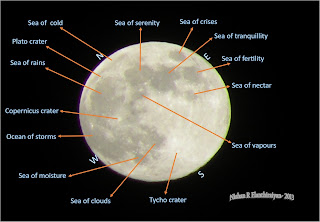 |
| Foot steps leading to the Temple and Bridge |
 |
| Entrance |
 |
| Moon Stone |
 |
| Statue of Lord Buddha |
The
Bogoda wooden bridge was built in the 16th century during the
Dambadeniya era. This is said to be the oldest surviving wooden bridge in the world.The bridge is situated at 13 km south of
Badulla city,
Sri Lanka.
All parts of this bridge were constructed from wood, including the use
of wooden nails as fixing material. The roof tiles show the influence of
Kingdom of Kandy. The bridge was built across the Gallanda Oya, which linked
Badulla and
Kandy on an ancient route.The Bogoda bridge is over 400 years old and made entirely from wooden planks, which are said to have come from one tree.
It is an exclusive construction as it has an 8 foot tall tiled roof
structure for its entire span of nearly 50 foot length with a 6 foot
breadth. Wooden fences of the bridge are decorated in various ancient
designs and have been erected on either sides.
The structure of the bridge is standing on a huge tree trunk 35 ft in height.
Jack fruit (
Artocarpus heterophyllus) logs and Kumbuk (
Terminalia arjuna) logs were mainly used as the constructive material of the bridge. Furthermore, Kaluwara (
Diospyros ebenum) timber and Milla timber were used for the wooden decorations.
The Bogoda Buddhist temple is an ancient temple situated beside the
Bogoda Wooden Bridge. The temple has a much longer history than the
bridge. It is from the 1st century BC, during the period of the
Anuradhapura era. The temple was built per the instructions of King
Valagamba. The stone inscription by the temple, in
Brahmin scripture, says the temple was donated to a priest called Brahmadatta by Tissa, a provincial leader in Badulla.
Inside of the temple were elaborate lovely paintings, bearing
resemblance to the Kandyan era. The walls were built with a paste made
of
cotton wool,
bee honey and extracted and purified white clay. The paintings were painted on this walls.

































